
Sustainability Efforts
Country: China
Explore sustainability efforts in China. The United States Environmental Protection Agency (“EPA”) said it well when they state:
“Sustainability is based on a simple principle: Everything that we need for our survival and well-being depends, either directly or indirectly, on our natural environment. To pursue sustainability is to create and maintain the conditions under which humans and nature can exist in productive harmony to support present and future generations.”
About China
China, the world’s most populous country, is located in East Asia. It has a rich history dating back thousands of years and is known for its cultural heritage, including iconic landmarks like the Great Wall and the Forbidden City. China is a major global player in various sectors, including economy, technology, and manufacturing. It has experienced rapid economic growth and has become the world’s second-largest economy. China has a diverse landscape, with vast plains, mountain ranges, and coastal areas. The country is home to a wide range of ethnic groups and boasts a diverse cuisine, traditional arts, and festivals. China also faces challenges such as pollution, urbanization, and human rights concerns. Sustainability efforts in China will enhance the country’s future.
Sustainability Efforts
Toggle each button below to “open” and “close” the presented data.

Poverty: China has made significant progress in reducing poverty over the years. According to the World Bank, the poverty rate in China declined from 66.3% in 1990 to 0.6% in 2018, lifting hundreds of millions of people out of poverty. The government has implemented poverty alleviation programs, including targeted initiatives to address poverty in rural areas. Efforts focus on providing access to education, healthcare, and employment opportunities for those in need.

Hunger: China has made substantial strides in reducing hunger and improving food security. The country has achieved the United Nations' Sustainable Development Goal of eradicating extreme poverty and hunger. The government has implemented agricultural reforms, invested in agricultural infrastructure, and promoted sustainable farming practices. These efforts have increased agricultural productivity and improved access to nutritious food for the population.

Healthcare: China has made significant investments in its healthcare system to improve access and quality of care. The government has implemented healthcare reforms, expanded health insurance coverage, and enhanced healthcare infrastructure. These measures have contributed to increased life expectancy and improved healthcare outcomes for the Chinese population.
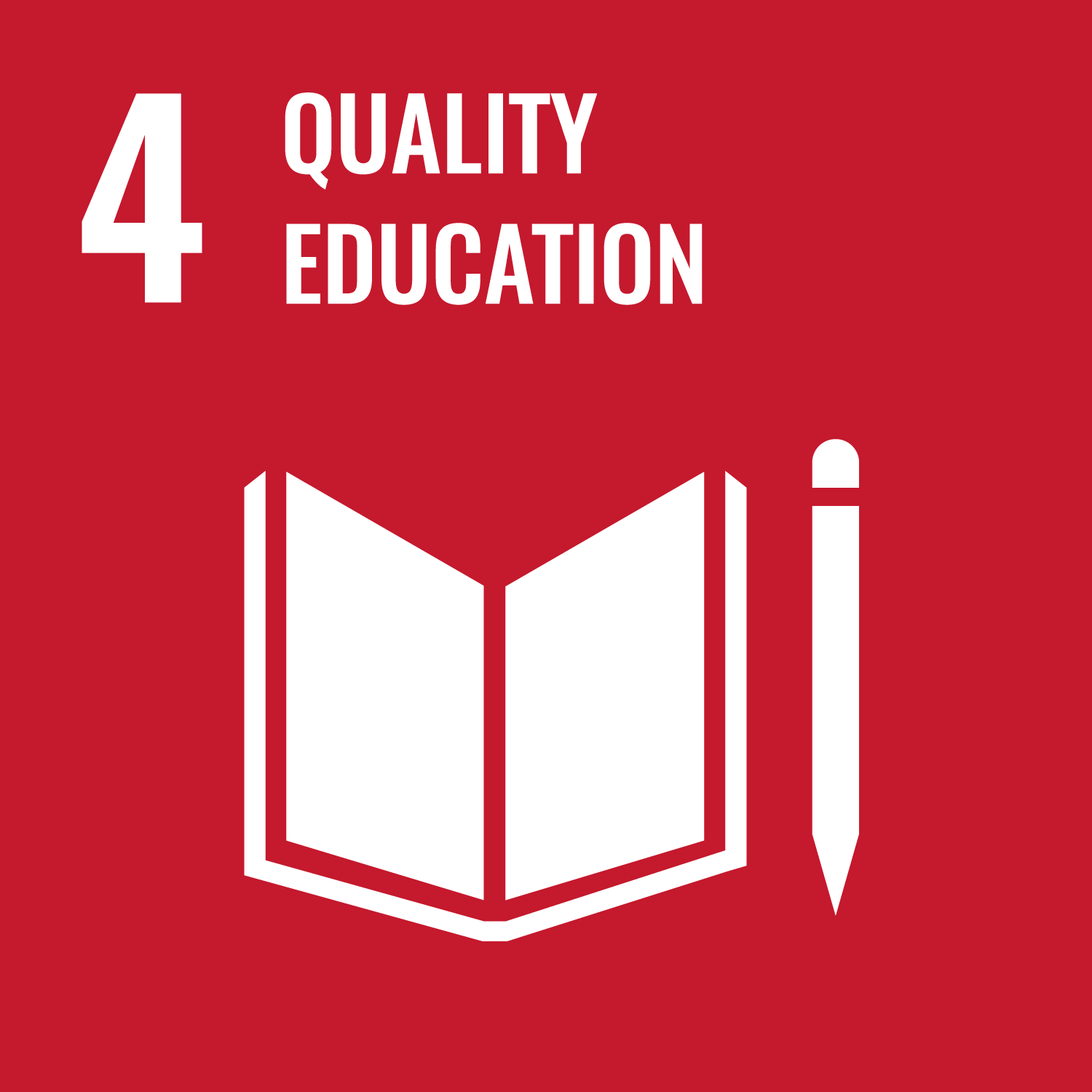
Education: China places great importance on education and has implemented reforms to enhance access and quality of education. The government has invested in educational infrastructure, teacher training programs, and curriculum development. Efforts focus on improving basic education, vocational training, and higher education to equip citizens with the skills needed for a rapidly changing economy.

Gender Equality: China has made progress in promoting gender equality and empowering women. The government has implemented policies to address gender disparities, enhance women's rights, and promote gender mainstreaming in various sectors. Efforts include promoting equal access to education and healthcare, increasing women's representation in leadership roles, and combating gender-based violence.

Clean Water Sanitation: China has made significant efforts to improve clean water and sanitation infrastructure. The government has invested in water treatment facilities, implemented water pollution control measures, and promoted sustainable water management practices. These initiatives aim to ensure access to safe drinking water and improve sanitation conditions for the population.
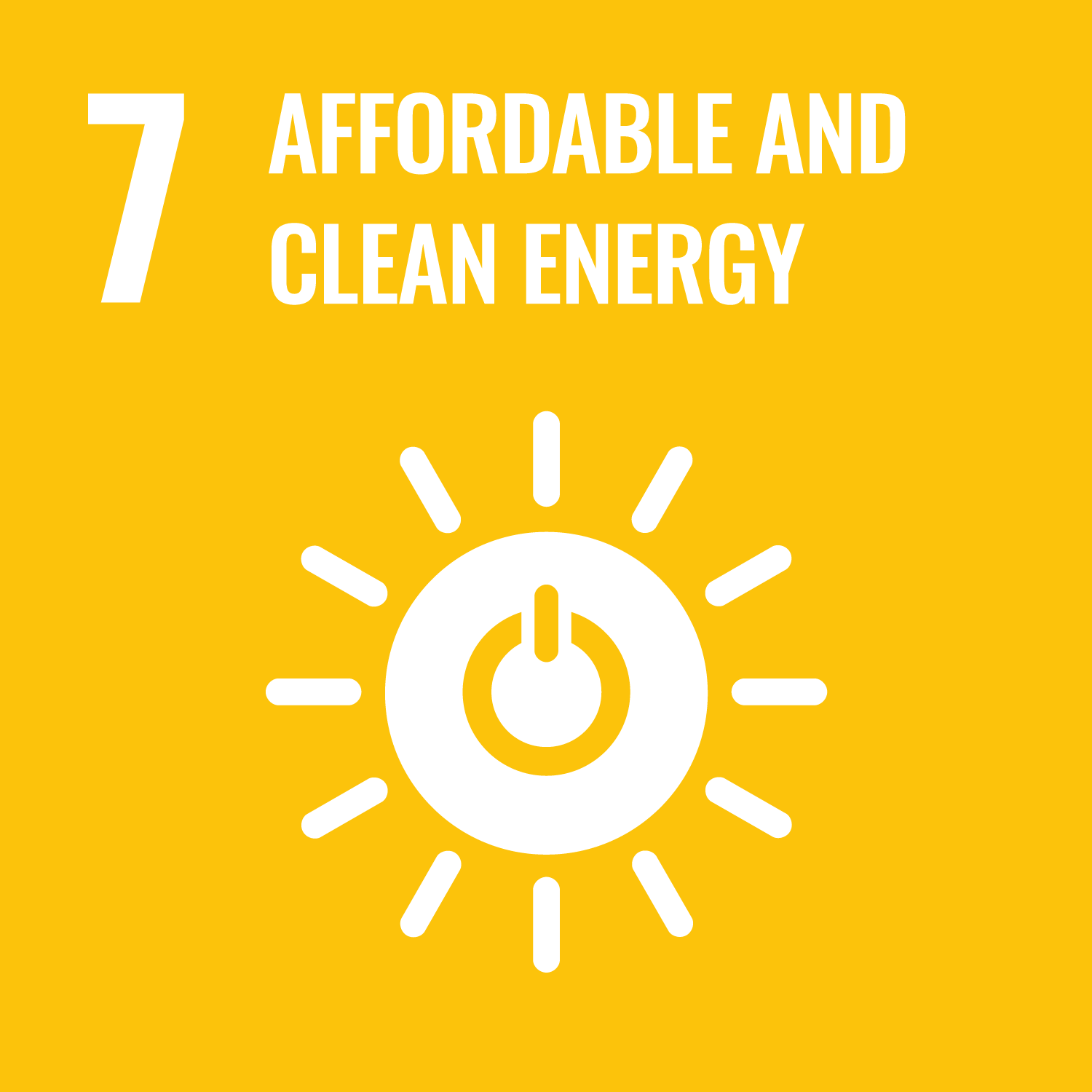
Affordable Clean Energy: China is the world's largest producer and consumer of renewable energy. The government has set ambitious targets for expanding clean energy sources such as solar, wind, and hydropower. China has made significant investments in renewable energy infrastructure, research, and development. These efforts contribute to reducing greenhouse gas emissions and promoting a transition to a low-carbon economy.
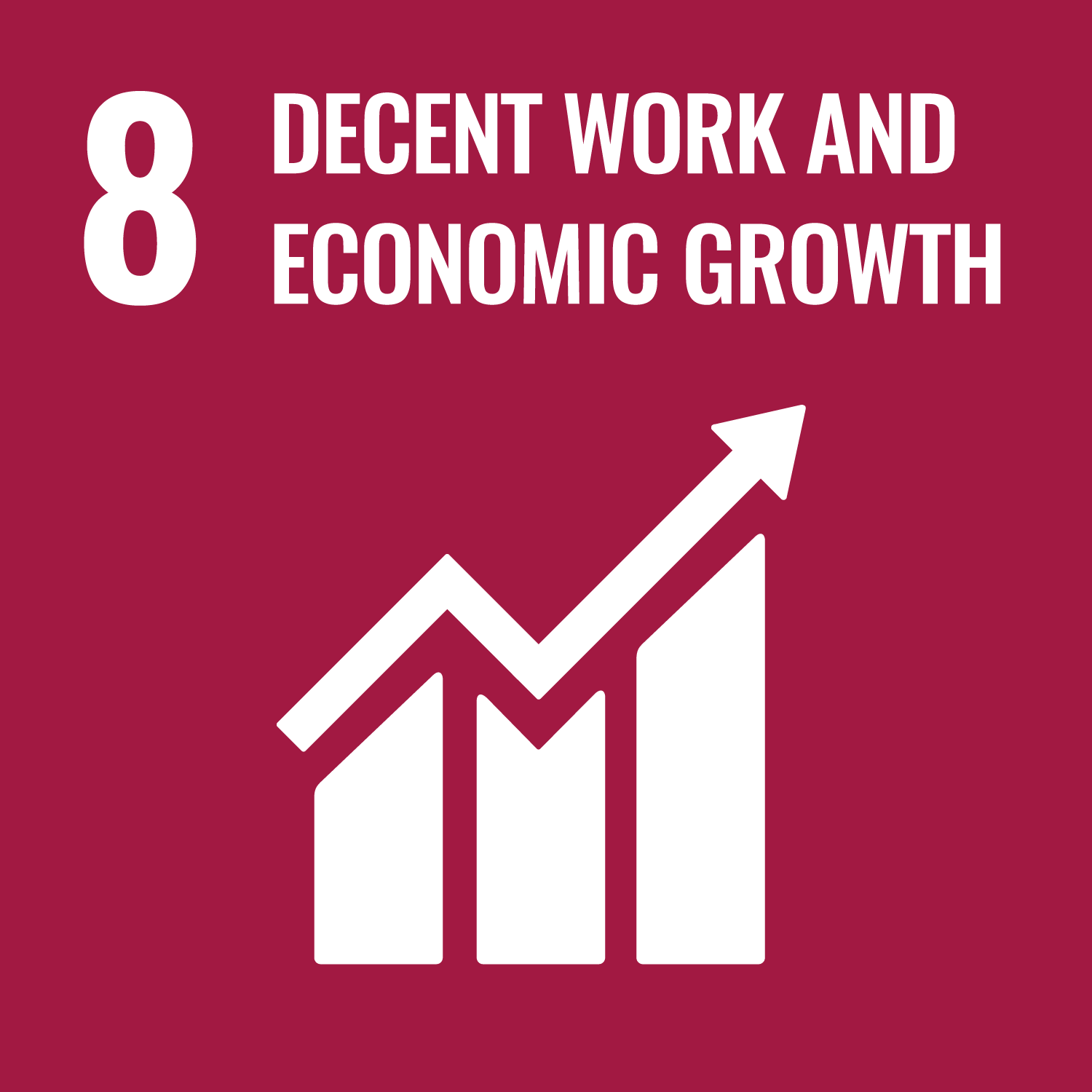
Economic Growth: China has experienced rapid economic growth over the past few decades, becoming the world's second-largest economy. The government has implemented policies to foster economic development, attract foreign investments, and diversify industries. Efforts focus on sectors such as technology, innovation, manufacturing, and services to drive sustainable economic growth and improve living standards.
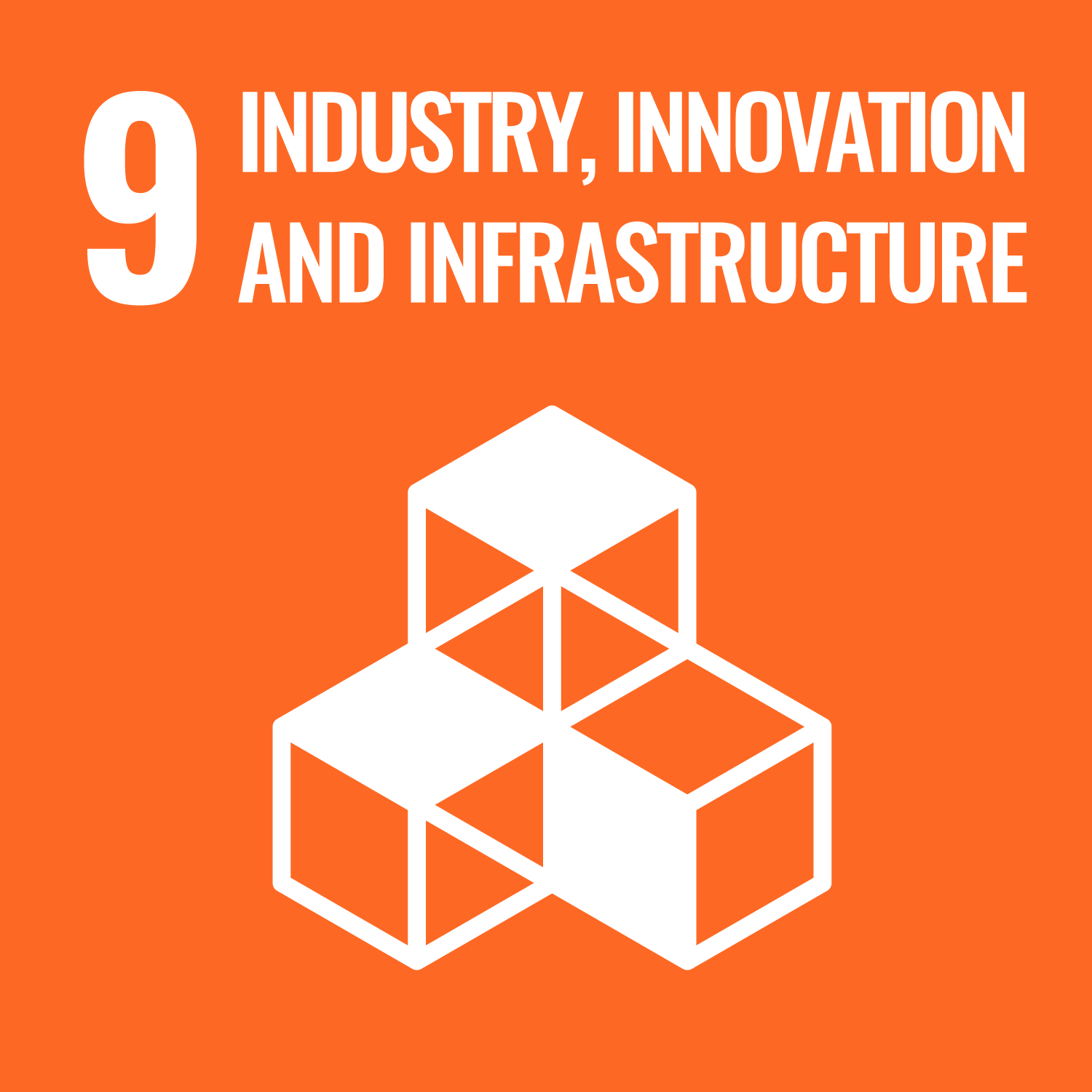
Industry Innovation: China places emphasis on industry innovation and technological advancement. The government has implemented strategies to promote research and development, intellectual property protection, and entrepreneurship. China has become a global leader in areas such as telecommunications, e-commerce, and renewable energy technologies.

Reduced Inequalities: China has implemented policies and programs to reduce inequalities and promote social inclusion. Efforts include poverty alleviation measures, rural development programs, and social welfare initiatives. The government aims to bridge the urban-rural divide, reduce income disparities, and improve access to essential services for disadvantaged populations.

Sustainable Cities: China recognizes the importance of sustainable urban development and has implemented measures to build sustainable cities and communities. Efforts include urban planning that promotes efficient land use, sustainable transportation systems, access to green spaces, and waste management practices that prioritize recycling and waste reduction. These initiatives aim to create livable and resilient cities.

Responsible Consumption and Production: China has implemented initiatives to promote responsible consumption and production practices. The government encourages resource conservation, waste reduction, and recycling efforts. China is actively working towards transitioning to a circular economy, promoting sustainable production processes, and reducing environmental impacts.

Climate Action: China is actively engaged in addressing climate change and has set ambitious targets for reducing greenhouse gas emissions. The government has implemented policies to promote renewable energy, energy efficiency, and carbon reduction measures. China is the world's largest investor in renewable energy and plays a significant role in global climate negotiations.

Aquatic Environment: China has implemented measures to protect and conserve its aquatic environment, including coastal areas and marine ecosystems. The government has established marine protected areas, implemented fishing regulations, and worked towards reducing pollution in rivers and oceans. Efforts focus on preserving biodiversity, promoting sustainable fishing practices, and improving water quality.
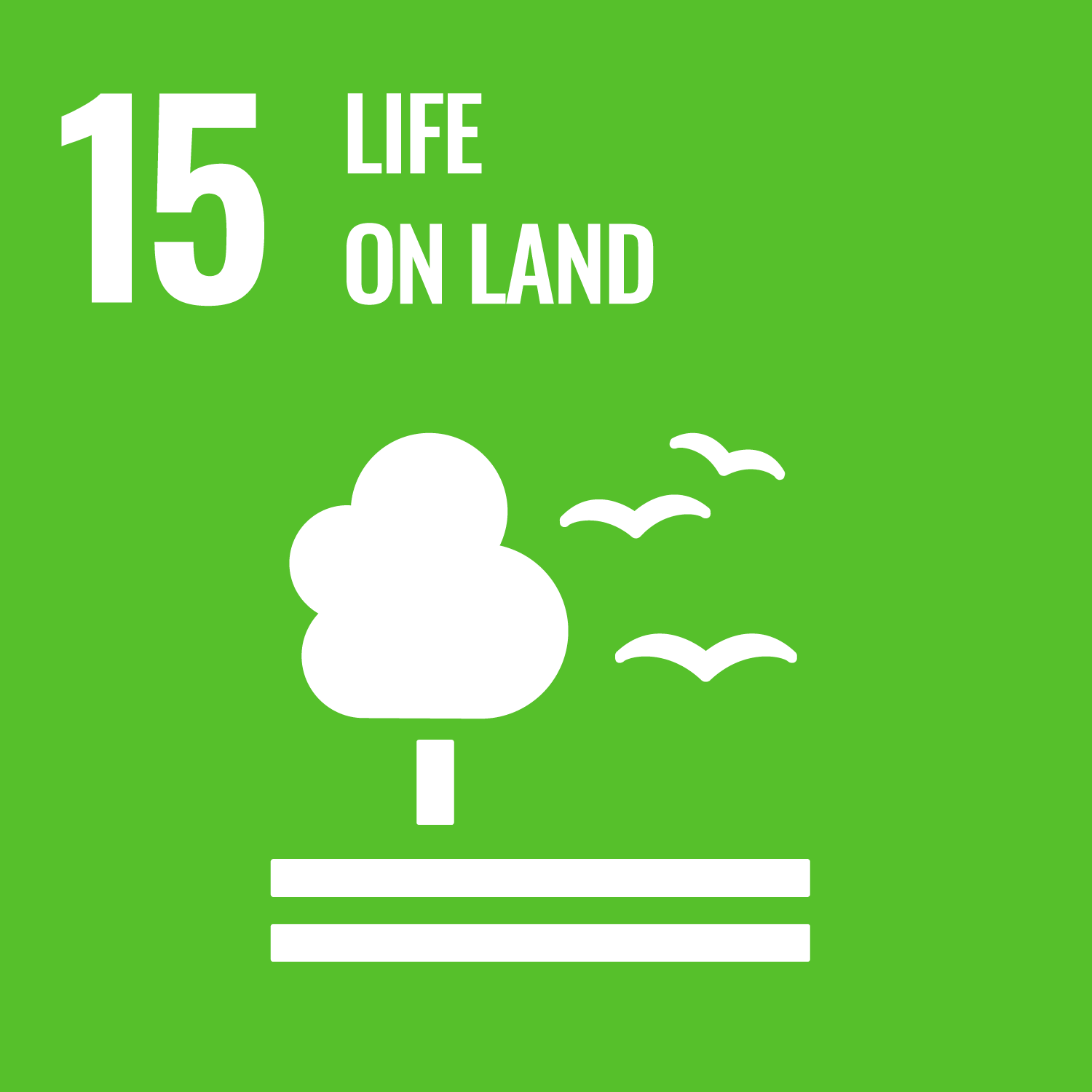
Natural Environment: China is home to diverse natural environments and has implemented measures to protect its natural heritage. The government has established nature reserves, implemented reforestation programs, and worked towards biodiversity conservation. Efforts aim to preserve ecosystems, protect endangered species, and promote sustainable land use practices.

Peace and Justice Institutions: China has made efforts to strengthen peace and justice institutions within its legal framework. The government works towards ensuring the rule of law, protecting human rights, and promoting social justice. China has implemented measures to improve judicial transparency, enhance legal protections, and address social inequalities.

Partnerships for the Goals: China recognizes the importance of partnerships and international cooperation in achieving sustainable development goals. The government actively participates in global initiatives, collaborates with international organizations, and engages in bilateral partnerships. China contributes resources, knowledge, and expertise to support sustainable development efforts worldwide.



